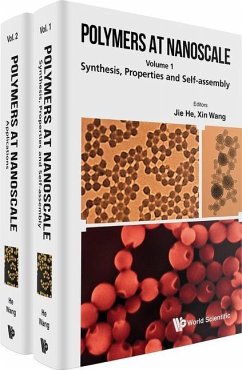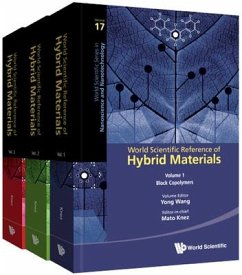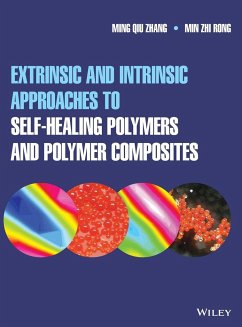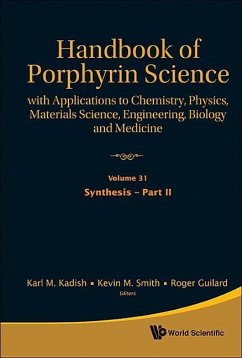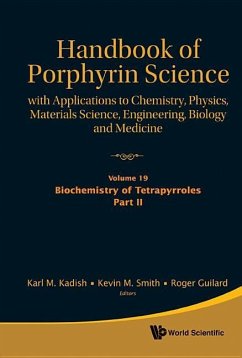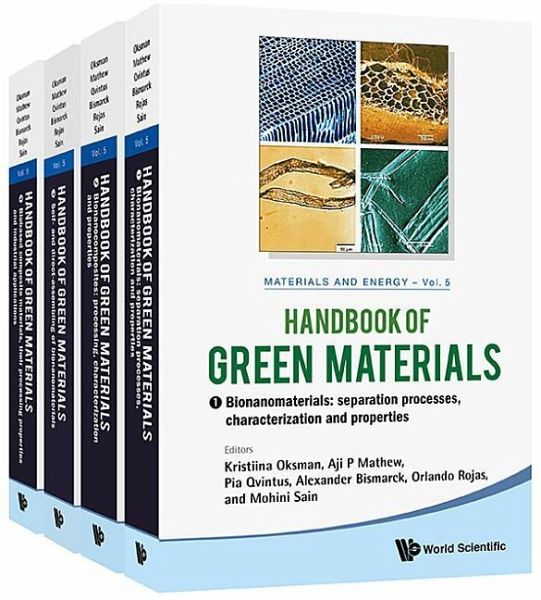
Handbook of Green Materials: Processing Technologies, Properties and Applications (in 4 Volumes)
Versandkostenfrei!
Versandfertig in über 4 Wochen
1.383,99 €
inkl. MwSt.

PAYBACK Punkte
692 °P sammeln!
Green materials and green nanotechnology have gained widespread interest over the last 15 years; first in academia, then in related industries in the last few years. The Handbook of Green Materials serves as reference literature for undergraduates and graduates studying materials science and engineering, composite materials, chemical engineering, bioengineering and materials physics; and for researchers, professional engineers and consultants from polymer or forest industries who encounter biobased nanomaterials, bionanocomposites, self- and direct-assembled nanostructures and green composite ...
Green materials and green nanotechnology have gained widespread interest over the last 15 years; first in academia, then in related industries in the last few years. The Handbook of Green Materials serves as reference literature for undergraduates and graduates studying materials science and engineering, composite materials, chemical engineering, bioengineering and materials physics; and for researchers, professional engineers and consultants from polymer or forest industries who encounter biobased nanomaterials, bionanocomposites, self- and direct-assembled nanostructures and green composite materials in their lines of work. This four-volume set contains material ranging from basic, background information on the fields discussed, to reports on the latest research and industrial activities, and finally the works by contributing authors who are prominent experts of the subjects they address in this set. The four volumes comprise of: Vol. 1. Bionanomaterials: separation processes, characterization and properties Vol. 2. Bionanocomposites: processing, characterization and properties Vol. 3. Self- and direct-assembling of bionanomaterials Vol. 4. Biobased composite materials, their processing properties and industrial applications The first volume explains the structure of cellulose; different sources of raw material; the isolation/separation processes of nanomaterials from different material sources; and properties and characteristics of cellulose nanofibers and nanocrystals (starch nanomaterials). Information on the different characterization methods and the most important properties of biobased nanomaterials are also covered. The industrial point of view regarding both the processability and access of these nanomaterials, as well as large scale manufacturing and their industrial application is discussed particularly in relation to the case of the paper industry.




